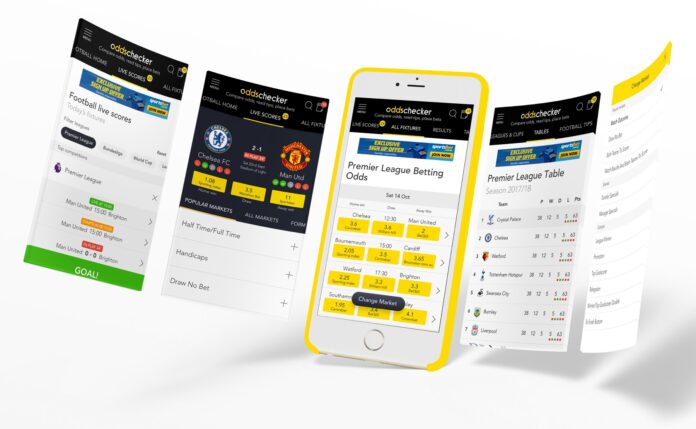
Sports betting has become popular and is one of the most profitable ways of gambling. The World Market assumes that sports betting will grow by 9% annually in the coming years. Undoubtedly, the digitization of betting with the onset of online casinos, gambling, and sports betting sites have contributed immensely to it.
If you are looking forward to designing a sports betting website, go for it now! This article will guide you through rules and processes and list all the necessary features to help you create your website correctly.
Features to be included
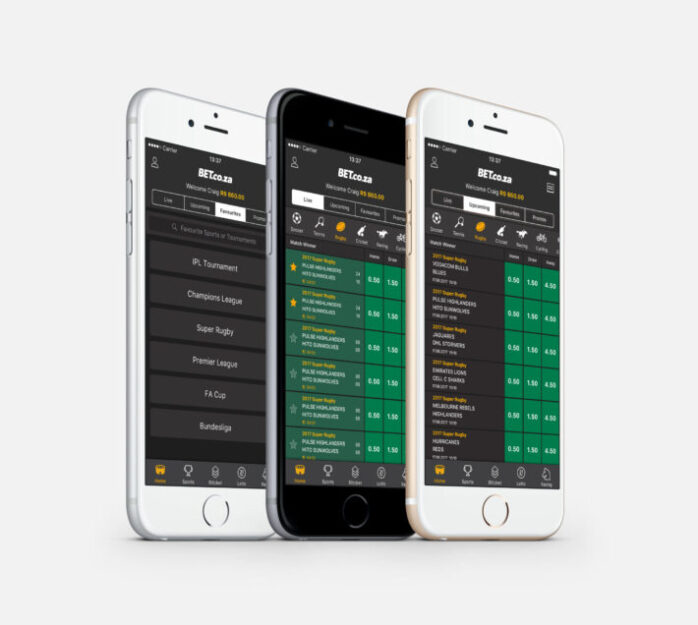
You must design your site in a way that it consists of the following features:
1. Login
The site should provide the players with the opportunity to register. This registration must be authorized in ways such as password and login, password and e-mail, and secure connections with the players’ social media platforms (linking it to Facebook, and so on).
2. Choice of Bet and Bet Type
Your site must facilitate the users with a choice of teams, events, and player(s) to bet on. These should vary from one sport to another. The choice of bet types should depend on the particular sport and the requests of the players.
3. Broadcasting matches and games
The players must be able to watch the match in real-time either on your site or via the website of the application. This will enhance the user experience and will secure more business models for your site to earn from.
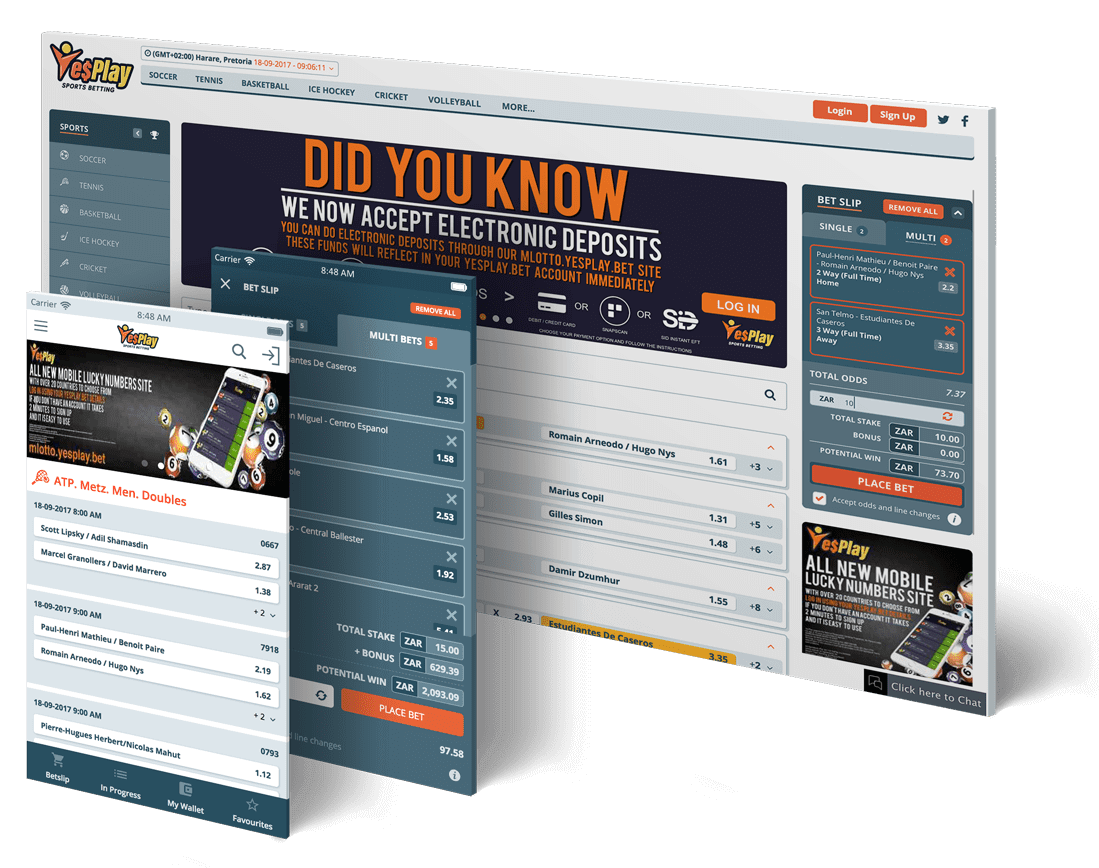
4. Assisting Systems
Your site must feature a simple guide on how to bet and how to withdraw and deposit money. It must come with an illustrative example. Your website must have a tooltip system which will further assist the user if they are working with the interface for the first time.
5. Information about the player(s) and team
Users should be able to access information about individual players and teams. The information should be brief and concise and should be limited to the strengths, weaknesses, results, and achievements of each team and player.

6. Events Calendar
A calendar that has the schedule of all the upcoming events and matches must be displayed. The schedule needs to be contextual, that is, if the player has chosen football bets, the schedule for football matches should appear next.
7. Communication Platform
The site must facilitate the players with the opportunity to communicate with each other to discuss events, bets, predictions and so on. This can be done through messaging platforms, groups and forums in social networking sites.
8. Bid Results and Match Summary
Users should be able to view their amount of wins and losses as well as the types of bets and the history of lotteries. Match statistics for the individual players as well as the teams should be displayed too.
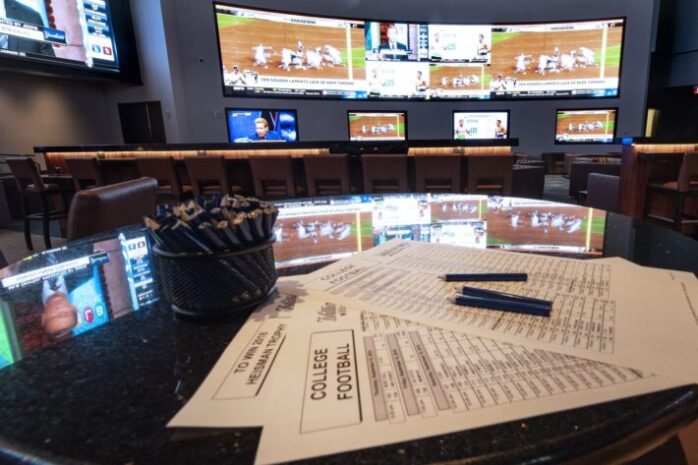
9. Payment System
Users should be able to deposit and withdraw money at one or two clicks, making it convenient and easy to use. Payment gateways should be integrated with mobile applications and sites.
10. Multi-language Support
If your site supports a wide range of languages, there will be more traffic.
If you have a sports club or you have recently opened up one, you should focus on building up a sports website for your club. Else, how will the world get to know about your club? Your website will keep your fans informed and can attract a lot of followers. Besides this, many young and talented players will be able to approach your club. And for the reference, check out SBOBET as one of the leading websites in sports betting industry.
Designing a sports website requires experience and time. However, this article will help you with a lot of tricks that will make the process easier.
Important and Must-have Design Elements

1. Logos
You know how essential jerseys are. Why don’t you provide a jersey to your website too? Hence, always include your logo on your website. That way, more fans will be able to connect to it. Try to use colours that go hand-in-hand with your logo. This will make the audience feel at home, if not think at the playground.
2. Fonts and Whitespaces
Since sports websites are informative, they should be represented in a way which helps the audience to read and digest the information. Fonts and white spaces should be made use of carefully to achieve this.
Whitespaces are often referred to as ‘negative’ space that makes the paragraphs easy to read and distinguish. They act as breathing spaces that relax the eyes and mind.
Simple and large fonts work the best for a sports website. The users do not have to zoom in to read out the content if they have to, well, change your font!

3. Photographs instead of animated images
Professional photographs and real-life images attract more traffic than animated pictures. Fans should be able to see real-life photos of the players they are supporting. If necessary, you must hire a professional photographer to photograph those players.
4. Events Calendar
All the information regarding upcoming matches should be displayed. If your followers and customers are not informed about the competitions and game days, they are doubtful to turn on. Once they realise that they have been missing several matches because you failed to inform them, they will never come back to your website.
5. Social Media Profiles of the team and each player along with contact information
Real fans always try to keep in touch with the team and the players. You must also provide adequate contact information so that both the fans and sponsorship partners can contact your team.
You can include a contact section, in the form of live chat texts that pop up on your homepage or you can invite the audience to fill up a contact form. Social media profiles like Facebook, Instagram, Twitter and so on make it possible to reach a vast majority of people. It is also easier to communicate through social media networks.
Profiles of players should be displayed too so that fans get all the information about their favourite players and can also follow them on social media.
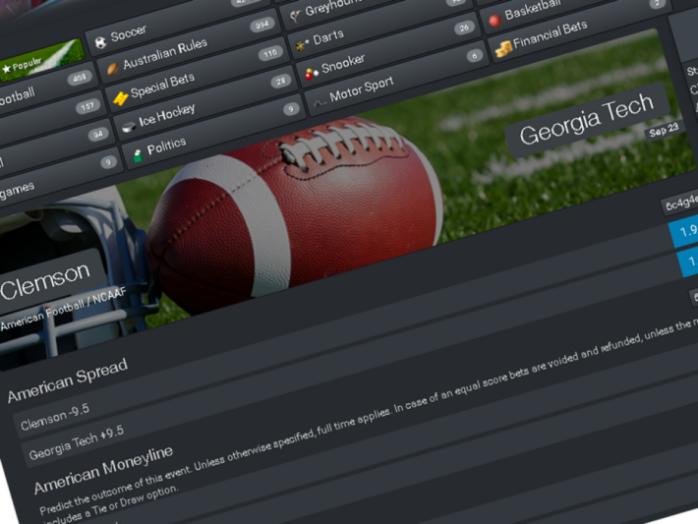
Conclusion
Besides these, the admin too should be able to log in, manage data of the users, must input data from bookmakers and manage winnings and payments. With all of these features, your sports betting site will garner a lot of users. Design the website such that it is mobile-friendly since most of the traffic comes from mobile devices. Keep your website informative and straightforward.











